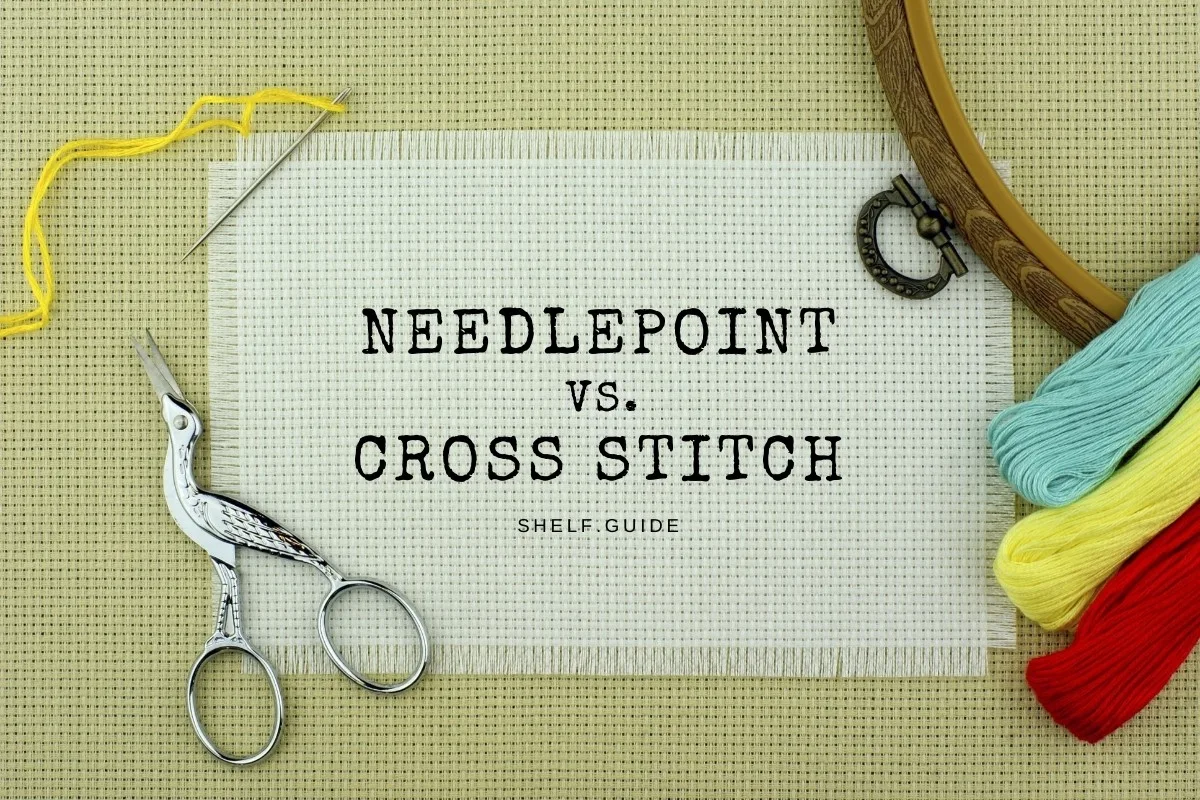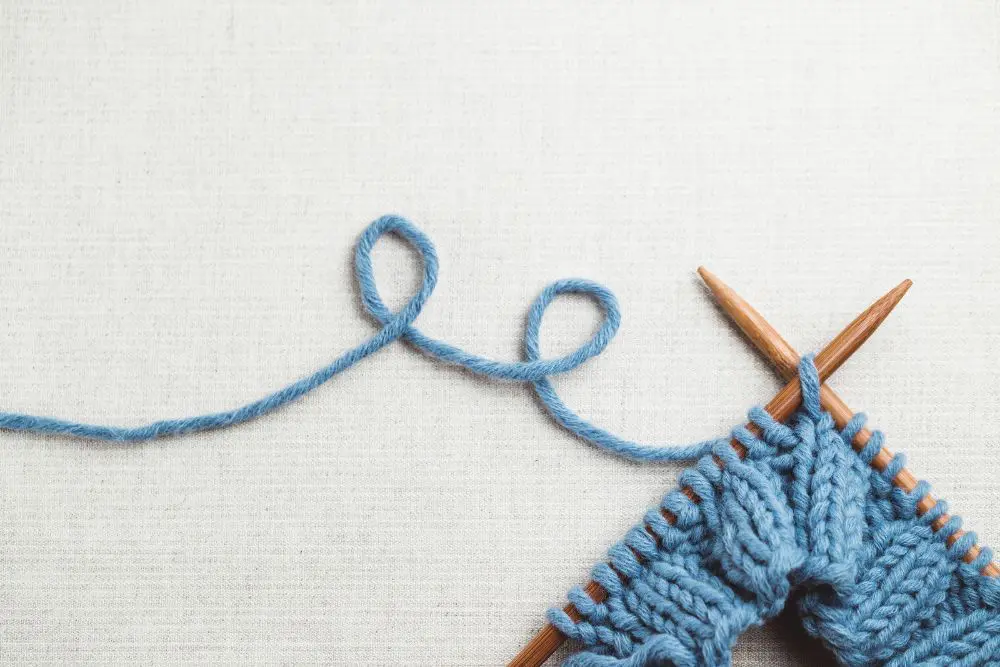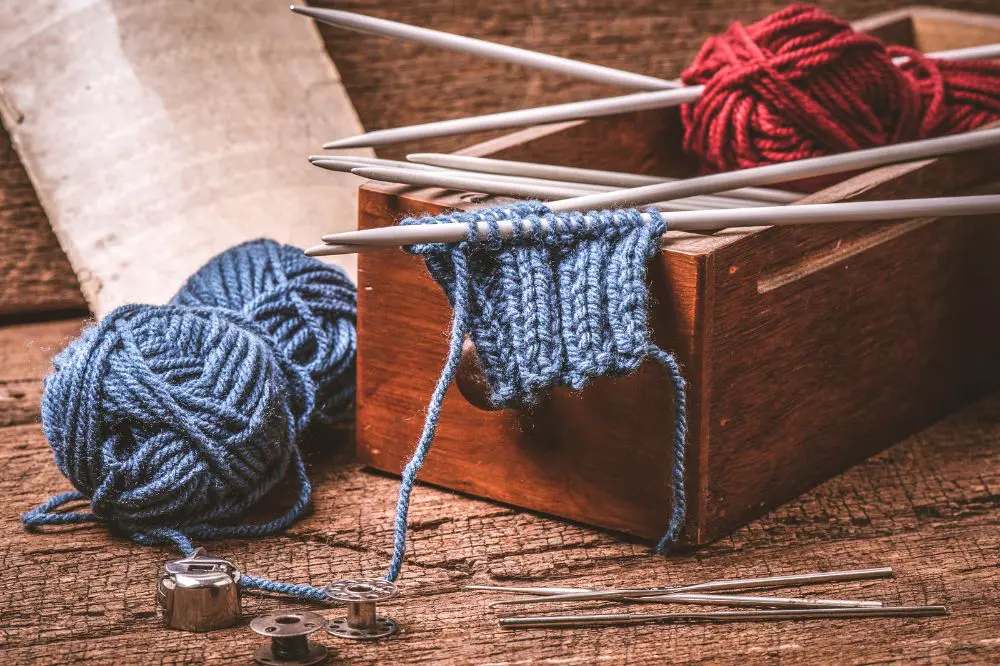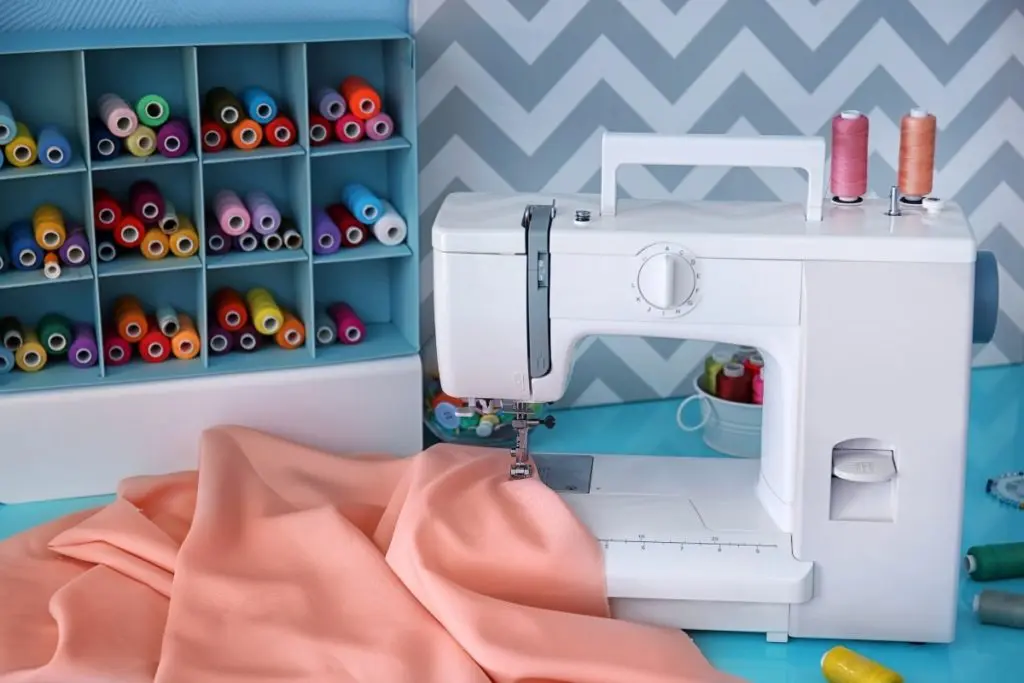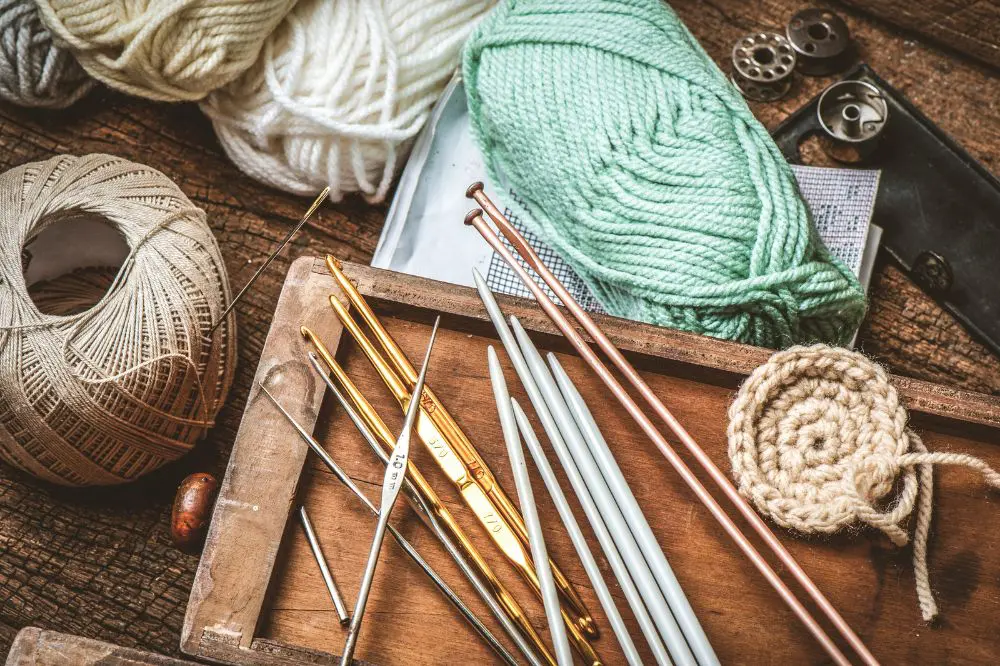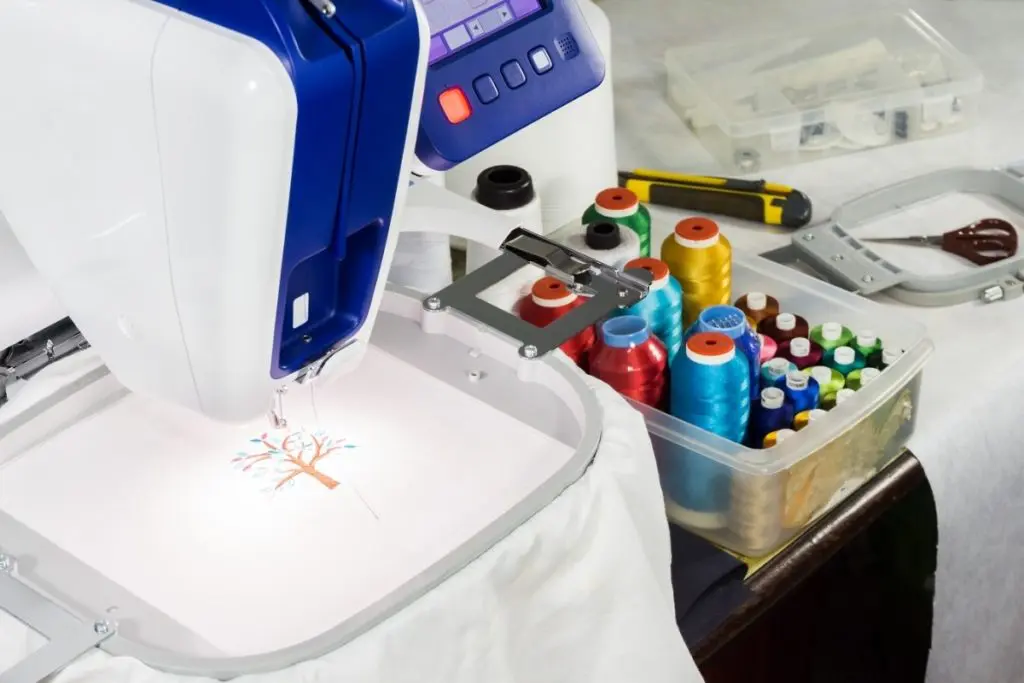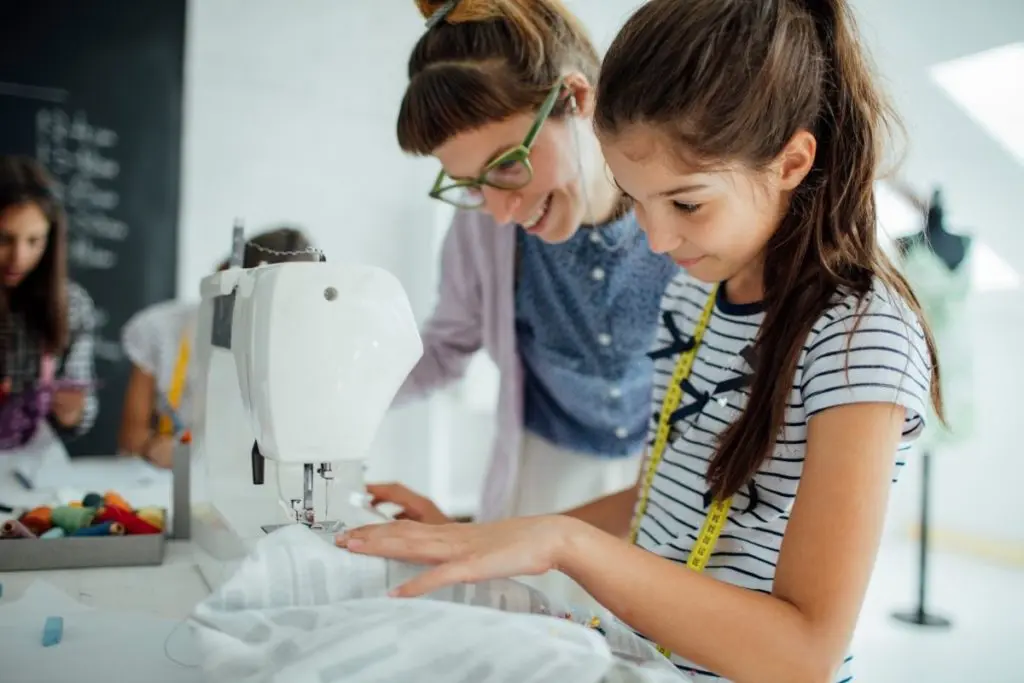In recent years, the popularity of crafting with fabric, thread and needle has increased substantially. Embroidery is seen as a therapeutic activity that helps to protect the brain from premature aging and can even help to relieve anxiety and depression. It’s an evolving art form that allows for creative expression and offers many positive benefits for mental wellbeing.
Needlework is a craft that uses a needle and colorful floss or yarn to stitch. However, there are different styles and ways of doing it. Some of these are cross stitch, embroidery, plastic canvas, and needlepoint — to name a few.
Here we will dive into the differences between needlepoint vs. cross stitch. What makes them different? Which is easier? What materials do you need?
Read on to find out.
What Is Needlepoint?
Sometimes referred to as canvas work, needlepoint is a type of embroidery that dates back to the ancient Egyptians.
Traditionally done by stitching wool yarn through a stiff, even weave canvas, the craft these days uses different thread types — from silk and cotton yarns to ribbons and metallic cords — to create different textures.
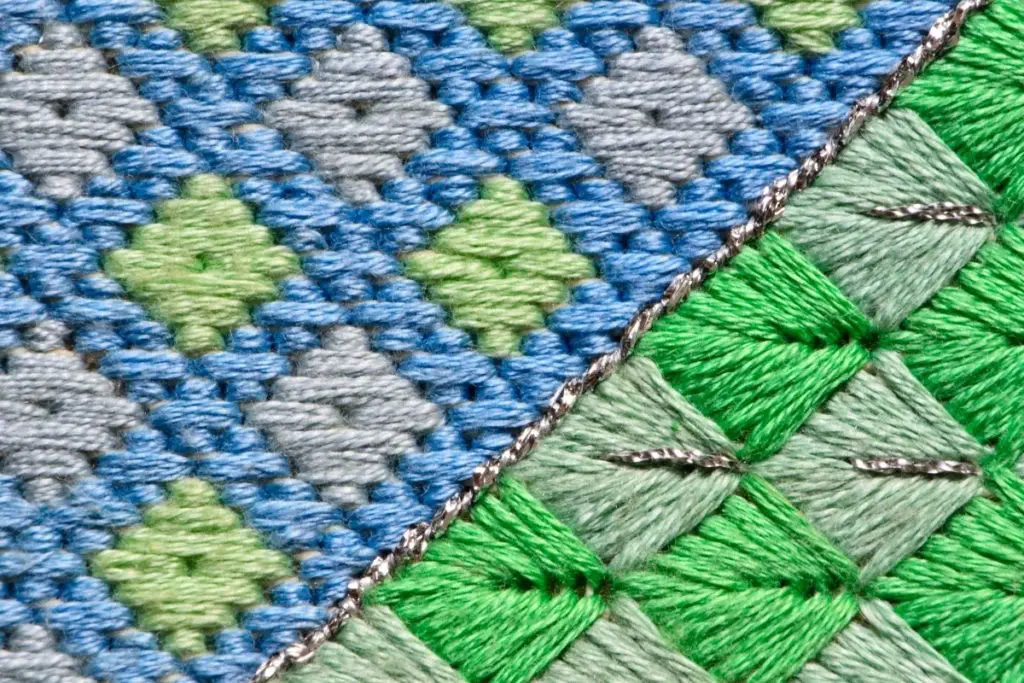
You can use different stitches depending on the coverage needed and how durable the final piece needs to be.
Durability is often key, as needlepoint came into wide popularity during the 17th century when upholstered furniture became fashionable. In fact, it’s remained in use ever since, as it’s still used for household items like pillows today.
The final result is like a tapestry but done with a needle instead of a loom. Within needlepoint, there are a few subcategories. These are based on the number of holes per inch in the canvas.
The important thing to remember is that the more holes per square inch, the more detailed — and time-consuming — your design will be. Just as hand embroidery is making a comeback, more and more people find needlepoint a relaxed and satisfying outlet for their creativity.
What Is Cross Stitch?
While it’s been around since at least the middle ages, cross stitch is making a strong comeback in the current crafting landscape. Traditionally used to decorate household items like table linens, this method of hand embroidery is now commonly found as framed art, often featuring quirky, anachronistic messages or motifs.
Cross stitch follows a tiled pattern, making it almost a forebearer to the digital pixel. Because it’s mostly X-shaped stitches, the overall design usually appears geometric and boxy. Most cross-stitching uses colored cotton floss on woven fabrics, which essentially have built-in grid systems to guide each stitch.
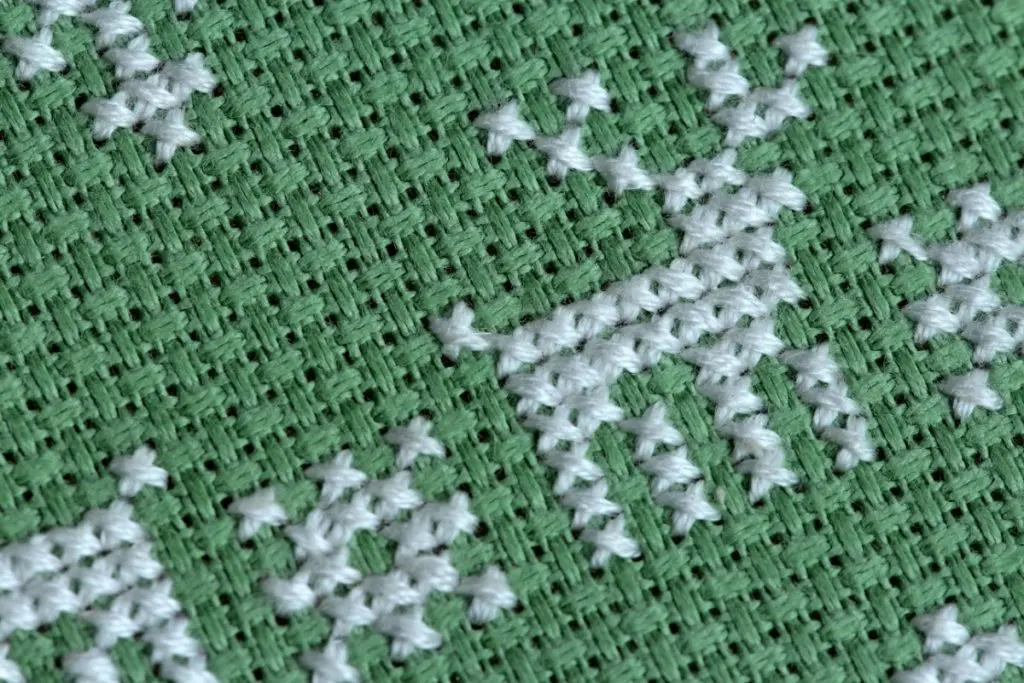
Cross stitch also requires colorful embroidery floss, which is most commonly available in six-strand skeins. Most cross stitch charts require the crafter to separate two to three strands for use at a time. Compared with needlepoint, which uses many multiple shapes and sizes of stitches, cross-stitch can seem more sophisticated and simple. Still, you can absolutely use it to create intricate, beautiful designs.
Most cross-stitchers tend to follow a chart with a pre-planned design when attempting a new project. Freehanding an entire design can be unwieldy. Cross-stitch charts utilize colored grids that can be counted and applied to any sized woven fabric — they’re similar to a map for a finished design.
What Is The Difference Between Cross Stitch and Needlepoint?
Needlepoint is a surface embroidery technique, which dates back to the ancient Egyptians. It is worked on very fine canvas.
Needlepoint stitching uses an open weave stiff canvas called “Mono Canvas.” When working with mono canvas, the basic stitch is a diagonal stitch, also referred to as tent (/////) or basketweave; incorporating if you chose many other stitches found in needlepoint books. Overall, the easiest stitch to begin with is the tent.
While needlepoint involves the tent stitch, cross stitch involves an intersecting stitch that forms an x.
Needlepoint involves any style of stitch provided that a person is able to count the stitches as they stitch. Cross stitch, on the other hand, involves only a few types of stitches. While needlepoint allows for the use of a variety of stitches over the base canvas layer, cross stitch only allows the cross stitch to cover the base canvas.
Cross-stitching uses fabric stretched across a hoop. With stamped cross-stitch, a pattern prints on fabric, and the embroiderer uses this as a guide to creating the final piece. With counted cross-stitch, the embroiderer counts stitches out from the center of the fabric to ensure an even final look. The most commonly used fabric for cross stitch is known as Aida. Aida is a cotton fabric that is composed of woven blocks.
Needlepoint is done on a much finer weave of fabric. You don’t need to count the stitches, and you can do any stitch you would like across the base fabric. Since you don’t have to count, there is no need for the block fabric used in cross stitching.
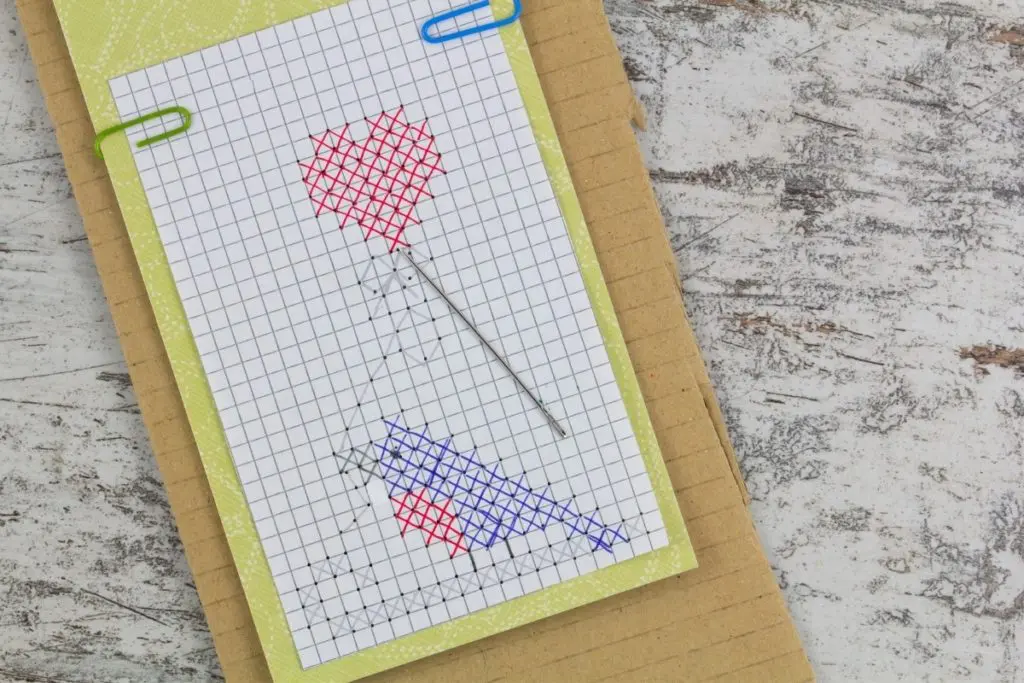
Which is Easier: Needlepoint vs. Cross Stitch?
For the beginning needleworker, cross stitch will most certainly be the easiest craft to choose first. There are limited stitches and far more guidance in the patterns than the intricate and varied needlepoint patterns out there.
However, the counting of cross stitch can trip up beginners. You have to make sure you count every stitch from the middle and keep track all along the way. Using stitch markers helps to keep your place.
You can do much more free form stitching in needlepoint and still end up with a beautiful result. Needlepoint pieces tend to look more realistic and more nuanced. Cross stitch ends up with more of a blocky final result.
Master cross stitch and then move on to the different needlepoint stitches once your hands have developed some muscle memory, and you’re quite confident at keeping track of your place.
Needlepoint vs. Cross Stitch vs. Embroidery: How Does Embroidery Differ?
The main difference between needlepoint vs. cross stitch vs. embroidery? In modern times the first two are hand-stitched. Now, embroidery macines are more common. While you can still find people who hand embroider, it’s incredibly detailed and time-consuming.
If you do take the plunge into hand embroidery, you can create intricate and gorgeous pieces of needlework. Embroidery works well with smaller items like napkins etc. These projects do not require a lot of work, even though they may be very detailed.
The lettering stands out better and is easier to read using embroidery than the other methods. A lot will depend on your project and your skill level when deciding to use embroidery or cross stitch, or needlepoint as your preferred sewing method at the time.
What Do You Need to Start Needlepoint or Cross Stitching?
Cross stitch and needlepoint are fun, easy to learn, and portable. To get started with these crafts, all you need is a few inexpensive supplies. The simplicity of needlework means you can take your stitching with you wherever you go and work on it whenever you have a spare moment.
Cross Stitch and Needlepoint Materials
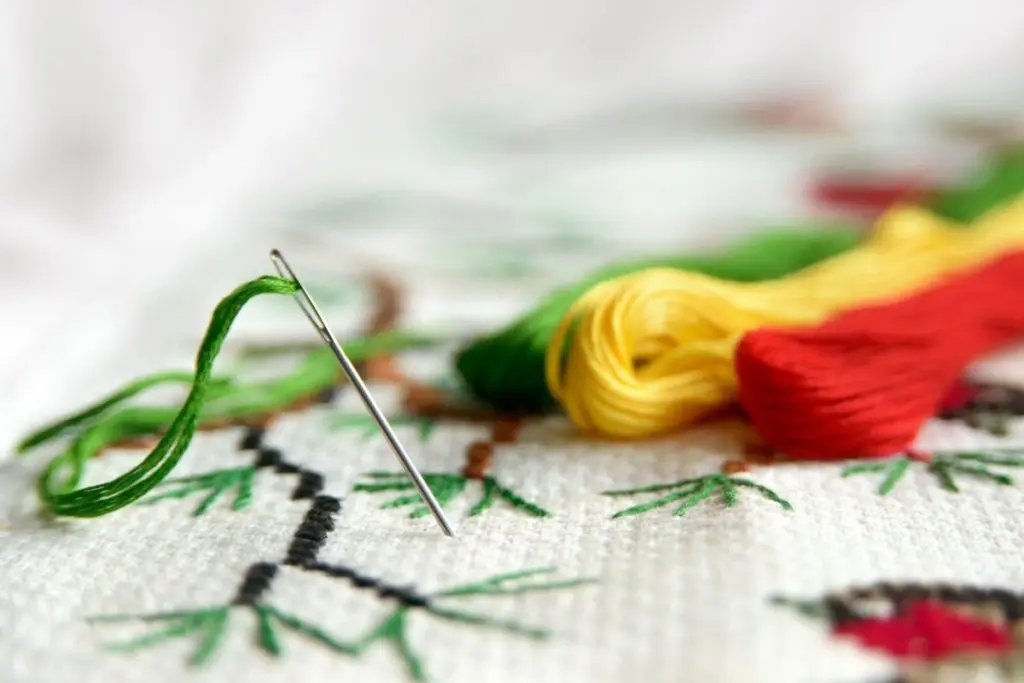
1
The Hoop
An embroidery hoop helps keep your fabric taut while you stitch. They come in wood or plastic. I prefer wood because they are lighter weight. However, you may prefer plastic as they last longer.
A hoop makes stitching easier by keeping your fabric taut while you work. You don’t need to use a hoop, especially if you are stitching on a stiff fabric, but many cross-stitchers swear by them. Be sure to unhoop the fabric when you’re not working on it to keep the hoop from marking the fabric.
2
The Cloth
Aida cloth is what I recommend for cross stitch. This inexpensive cotton thread made for hand embroidery is available at any sewing or needlework store. Aida cloth comes in different counts, which is the number of stitches per inch. A larger count means smaller stitches! 14-count aida cloth is the most common size, meaning there are 14 stitches per inch. 14-count is a good one to start with.
You’ll need a 100% cotton even weave fabric for needlepoint. Think pillowcase material.
3
The Thread
The most common type of thread used for needlepoint and cross stitch is six-strand embroidery floss. You can find six-strand floss at most large craft stores, amazon, and some independent needlepoint shops. The floss comes with six strands of threads, but you don’t usually sew with all six at once. Your pattern will tell you how many strands to use.
You must separate the floss into the individual threads before you start stitching! Firstly, cut a length of floss, then separate out the number of individual threads you need. The number of strands you should use depends on the count of your fabric. For 14-count aida cloth, I recommend using two strands at a time.
You shouldn’t have to make any new holes in the aida cloth when you are only using cross stitches.
For needlepoint, you can also use tapestry yarn and wool yarn. This all depends on your project and pattern.
4
The Pattern
There are two types of cross stitch patterns. Stamped cross-stitch patterns are printed directly onto the fabric, with color-coding to show you where to stitch each thread color. When you are just starting, a stamped cross stitch pattern is the easiest to work with. Counted cross-stitch patterns are graphs on a grid that corresponds to the grid of holes or threads in the fabric.
A combination of colors and symbols in the squares (or symbols only if the chart is black-and-white) tells you which color of floss to use. Use the chart legend to map the symbols to the floss colors. When you begin a new cross stitch project, it is a good idea to start stitching in the middle of the design.
Small arrows at the edges of a cross stitch chart indicate the center points. Take a look at your chart and find an area close to the center to start with. It can be easier to start with a large block of color instead of part of the pattern that changes color frequently.
You can buy both kinds of patterns online or at a needlework store.
Needlepoint patterns are generally also printed on the fabric but look more like a coloring book page. They give you the outlines, and you fill in the colors however you would like.
Designs can be traditional or modern or anywhere in between. These projects are often available as kits, but you can also purchase fabric, thread, and basic supplies to come up with your own project.
5
The Needle
Tapestry needles are perfect for cross stitching and needlepoint because they have blunt-ends and large eyes. The large eye is big enough to hold multiple strands of embroidery floss, which is thicker than sewing thread, or even thicker yarns. The size of your needle depends on the number of threads you use and the count of your fabric.
They are available in sizes from #26 (shortest, with the finest point and smallest eye) to #13 (longest, with the thickest point and largest eye.) What size needle should you use? That depends on the fabric count.
Further Reading
